19th Oct 2023
Paul is never short on stories about his travels and adventures. Apart from owning vineyards and winemaking facilities in Sonoma and Napa, he also has projects in New York, Argentina, France, Armenia, and Spain. Yet his early years are about a million miles from the international flying winemaker lifestyle he leads today.
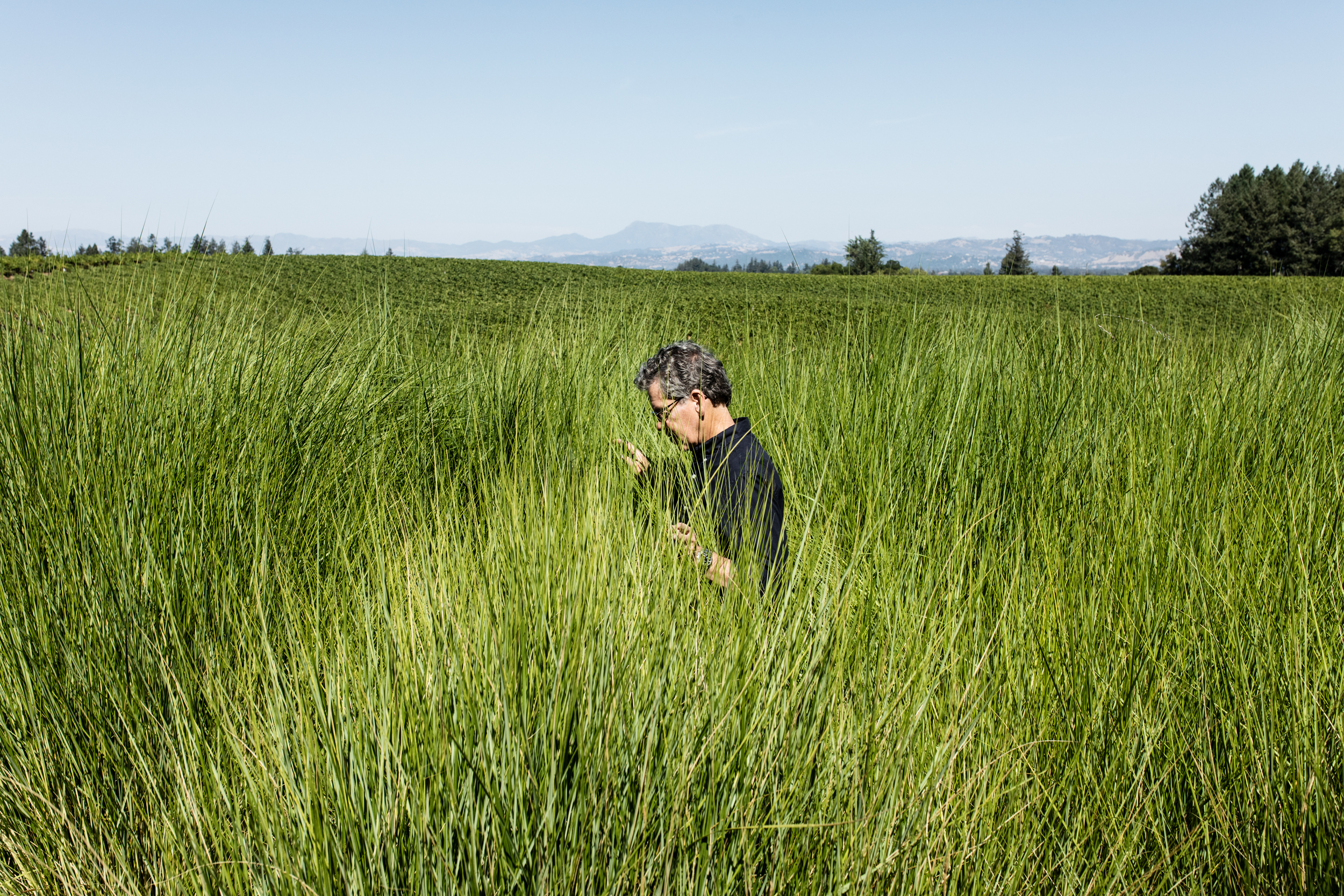
Wanderlust
“The work never really slows down,” Paul Hobbs grins sheepishly from behind his computer when I poke my head through his office door, reminding him of our tasting.
Paul Hobbs never slows down. Seems every year I visit his Sebastopol headquarters, the winery has grown, a new building has been added, or he’s discovered a new vineyard. Paul is never short on stories about his travels and adventures. Apart from owning vineyards and winemaking facilities in Sonoma and Napa, he also has projects in Finger Lakes, New York (Hillick & Hobbs), Mendoza, Argentina (Viña Cobos), Cahors, France (Crocus). Armenia (Yacoubian-Hobbs), and Galicia, Spain (Alvaredos-Hobbs). Yet his early years are about a million miles from the international flying winemaker lifestyle he leads today.

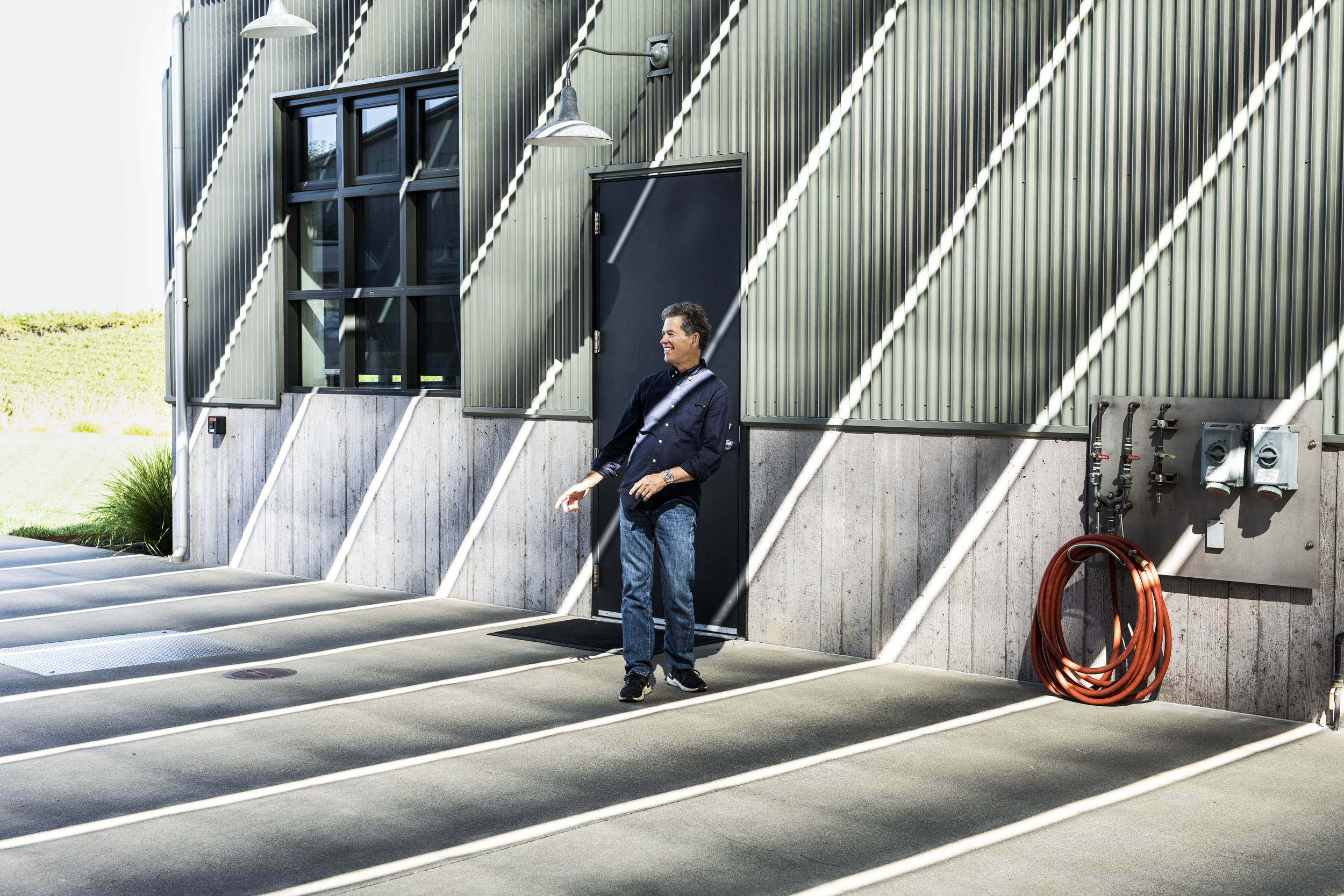
Chateau d’Yquem 1962 in dixie cups was the turning point.
Paul was raised on a fruit farm in Niagara County in upstate New York, the second oldest of eleven kids.
“The older children were expected to help put food on the table, care for the younger ones, and pitch in with whatever task presented itself,” he recalls. “We played a lot together, and in many ways, we were a community to ourselves. Mandated by my mother, we were teetotalers, which struck me as curious alchemy. At any rate, my father broke that long drought when I was 16 with a bottle of Chateau d’Yquem 1962, served up in dixie cups at supper one snowy winter’s night. That led to converting some of our orchards to vineyards, which my father put me in charge of developing. Grape growing was not a passion of mine initially, as my heart was set on following in my great-grandfather’s footsteps and becoming a medical doctor. My father thought otherwise and suggested wine. He had been visiting with New York State’s Finger Lakes Riesling pioneers, Dr. Konstantin Frank and Hermann Wiemer, and became enthralled with the idea of making commercial wine of our own. A few years later, after earning a BS in Chemistry from the University of Notre Dame, I enrolled in UC Davis’ Viticulture & Enology program.”
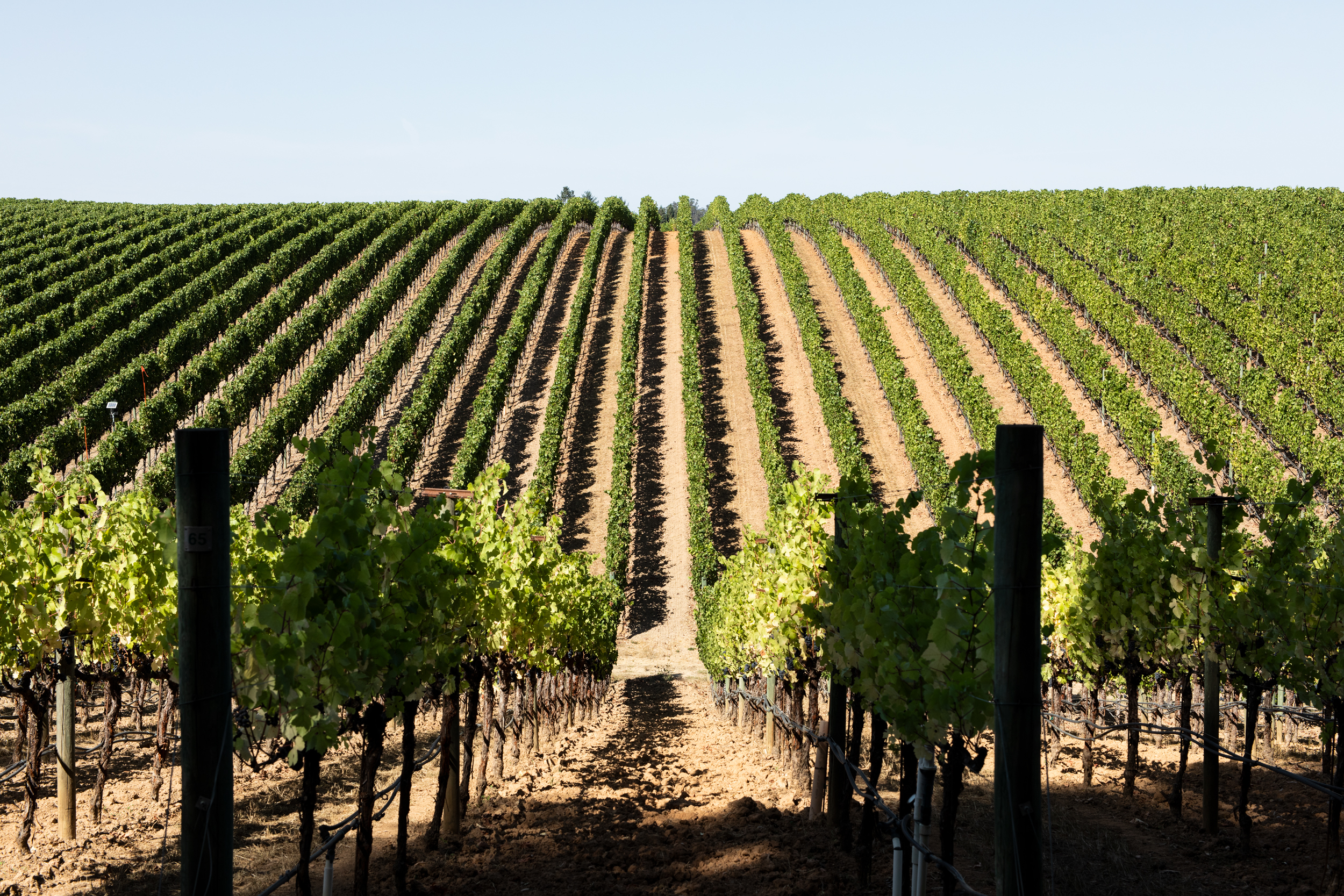
"Can you believe I started making my own wine here in 1991?"
Paul went on to work at Robert Mondavi, helped to launch Opus One, and did a stint at Simi Winery as winemaker. After 13 years of winemaking experience under his belt, Paul was hit with wanderlust.
“In my mid-30s and at a major professional career crossroad, I felt a career path refresh was in order,” he says. “In short, I had an intense urge to experience new adventures and to take on new challenges or face the possibility of becoming stagnant. Moreover, it struck me that this was the moment to go out on my own. This burning desire to break away from the all too-comfortable rut I was in finally led me to South America. In March 1988, I traveled to Chile to explore its newly burgeoning fine wine landscape. It was on that trip that Nicolas and Jorge Catena invited me to visit their vineyards in Mendoza. Given the then widely held view that Argentina was a wine wasteland, I resisted their offer. Withering under their relentless persistence, however, I reluctantly agreed to make the trip over the Andes Mountains in what proved to be one of the scariest road trips of my life. Jorge, whom I later learned was partially blind, was at the wheel. Soon I was struck by the exceptional terroirs of the upper Mendoza region. Lunching with Nicolas shortly thereafter at his home in Buenos Aires clarified for both of us that we could be of help to one another, and so we joined forces.“
Returning to the USA after establishing a joint venture in Argentina meant no going back. In 1991, he contacted Napa’s Larry Hyde and Sonoma’s Richard Dinner about purchasing five tons of Chardonnay, Pinot Noir, and Cabernet Sauvignon. Those grapes became Paul Hobbs Winery’s debut releases.
“Can you believe I started making my own wine here in 1991?” Paul Hobbs asks as I sit to taste his new releases. “In the early years, it was nothing but an idea. I had very modest financial means. I started working with no winery, vineyards, brand, or staff.”

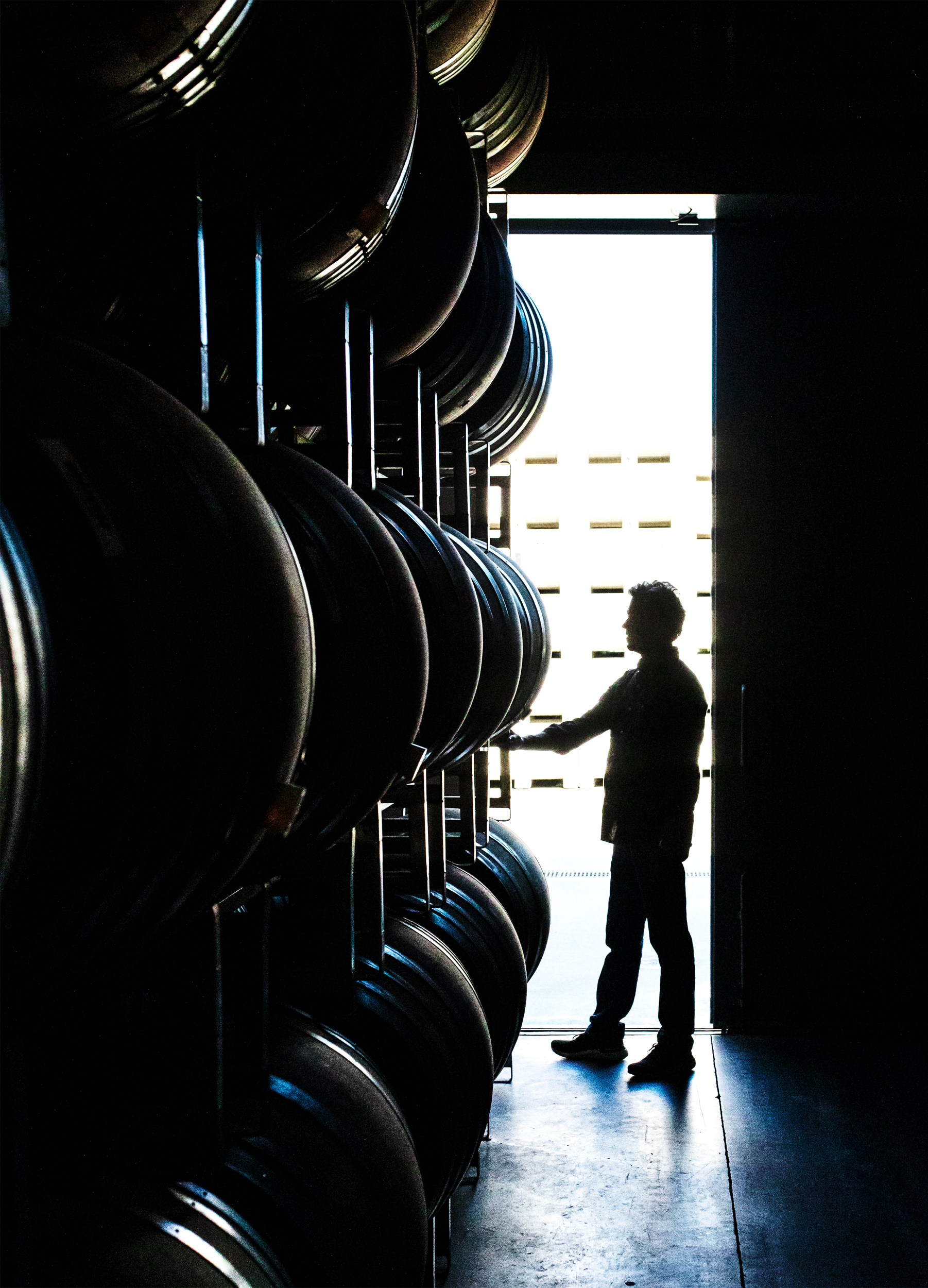
"Our core tenets upon which we were founded have not changed."
Did he ever doubt that he would succeed?
“Naivete has its benefits,” he laughs. “Yet there were many unanticipated challenges. Looking back, had I known how difficult those early years would have been, I wonder if I would have chosen to embark on such a journey at all. There is what you want to do and what you can do—so many situations over which I exerted no control. For a while, I lived in constant fear of the tipping point where it all comes crashing down. To make matters worse, I set the bar quite high for myself in terms of my approach to winemaking, eschewing practices such as filtration or the use of fining agent additives and working strictly with native fermentations.”
Today, Paul Hobbs Winery has meticulous control of thier winemaking process from farming through every phase of production.
“Most importantly, we have built a robust and solid company culture strongly supported by our excellent people at every level of the organization,” Paul says. “What’s not changed? Our core tenets upon which we were founded.”
In California, Paul Hobbs owns seven vineyards in Sonoma’s Russian River Valley and on the Sonoma Coast. But one of his most inspired vineyard discoveries is the Nathan Coombs estate in Napa Valley’s Coombsville AVA, where he currently has nearly 70 acres planted to mainly Cabernet Sauvignon with smaller amounts of Merlot, Cabernet Franc, and Petit Verdot.
“For many years this once sleepy, overlooked corner of the Napa Valley intrigued me,” Paul tells me. “My first connection with the Coombsville area was through Tom Farella’s vineyard and the Cabernet grapes he sold to Robert Mondavi. The wines we made from Tom’s vineyard added a lift and energy to our blends. Beginning in the 90s, I made Merlot under the Paul Hobbs Winery label from the Michael Black vineyard, a stone’s throw to the north of our now Nathan Coombs Estate. In 2008, I began sourcing fruit from a vineyard across the street, and in 2010, I had the good fortune to begin buying from the vineyard I own today. Acquired in 2012, the estate is named for the historical founder of the City of Napa, Nathan Coombs.”
Paul had the foresight to buy into Coombsville when it was still generally considered too cool for Bordeaux varieties and was, therefore, less desirable.
“Given its proximity to the San Pablo Bay, Coombsville is among the coolest climate regions of the Napa Valley,” agrees Paul. “This makes it more compelling today in the face of climate change.”
Developing the vineyard was a gamble that required considerable investment. Yet when we tasted the recently released 2020 Nathan Coombs Estate Cabernet Sauvignon—a challenging vintage not only because of the wildfires but the Labor Day weekend heatwave that year—it’s clear that the gamble is paying off. From fruit that came in not long after the Glass Fire broke out, the wine doesn’t miss a beat, maintaining its freshness and pure expression, offering a pocket of brightness. We can thank Paul Hobbs’ wanderlust for discovering it.
–
Article & Reviews by Lisa Perrotti-Brown MW
Photography by Svante Örnberg
See more work from Svante at svanteornberg.se by clicking here!
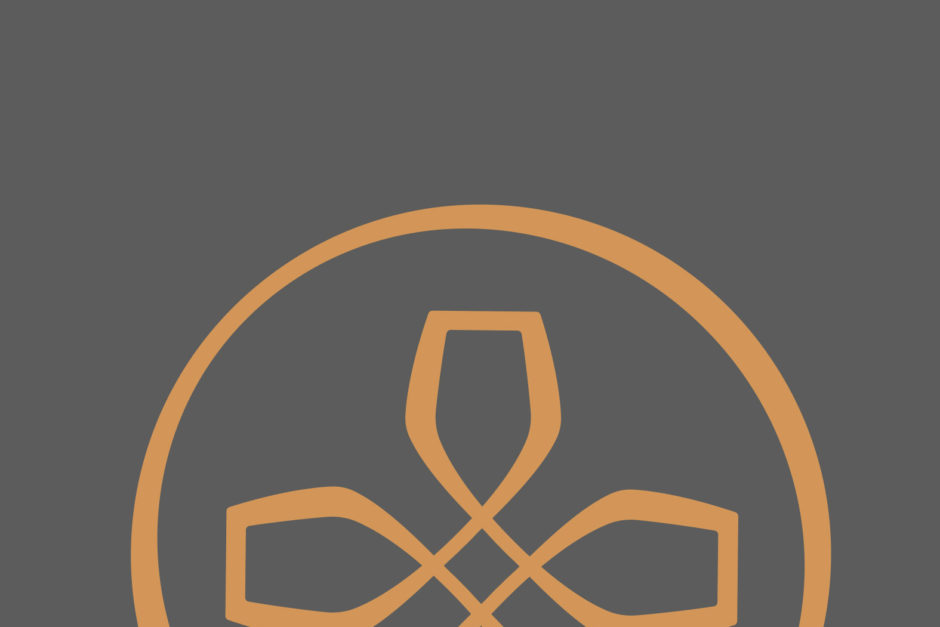
PRODUCERS IN THIS ARTICLE
> Show all wines sorted by scoreMore articles
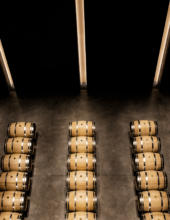
Bordeaux 2023 Vintage Report and Reviews from Barrel
09th May 2024
649 tasting notes
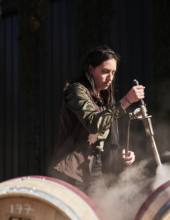
Cathiard Vineyard New Releases
02nd May 2024
3 tasting notes
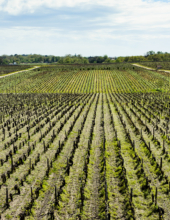
Bordeaux 2023 Preliminary Vintage Report and Reviews from Barrel
29th Apr 2024
56 tasting notes
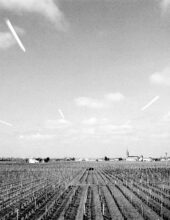
2021 Bordeaux in Bottle and A Modest Proposal
24th Apr 2024
599 tasting notes
Show all articles